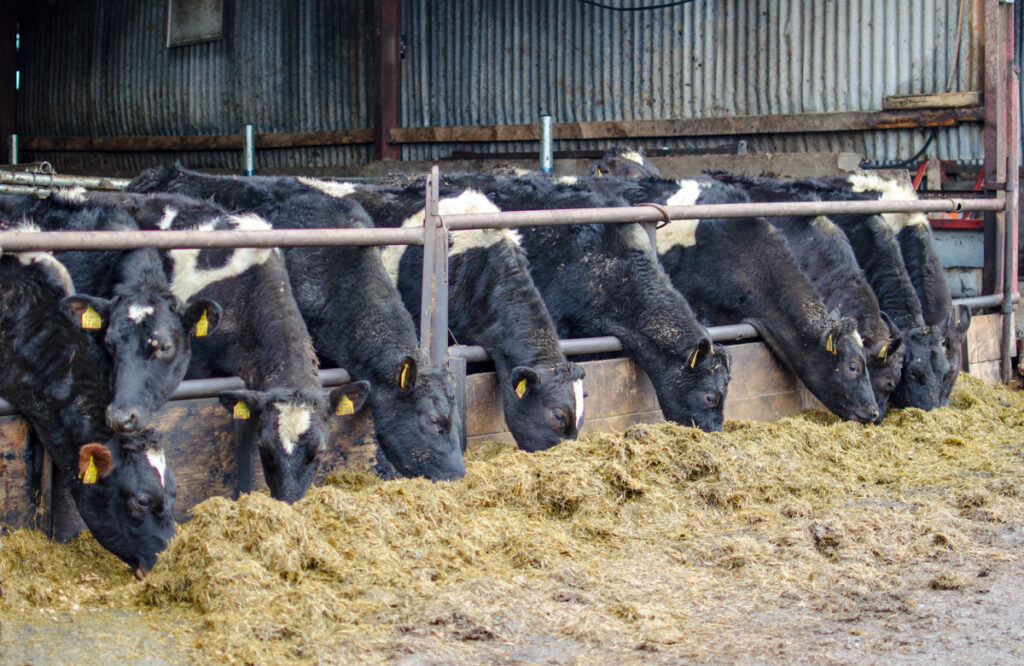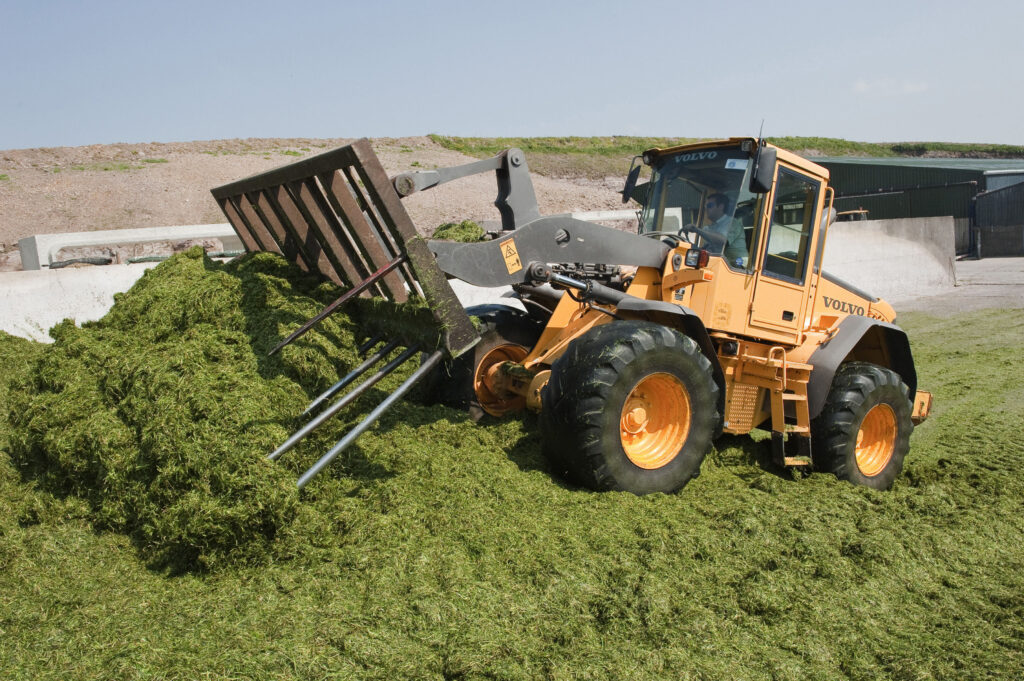But, farmers should be aware and take care to minimise the risk of soil or manure contamination when making silage.
Contaminated silage can have a negative impact on silage quality, animal health and performance. Stephen outlined some of the risks posed by soil and manure contamination and suggests ways of minimising the risk of grass contamination when making silage.Possible implications of soil contamination
When discussing the topic of the possible implications of soil contamination, he stated: ''Reduced intakes may be relatively easy to see, but there are potential issues even when intakes are not impacted. ''Soil contamination can result in the increased presence of organisms such as Clostridia, Coliforms, Salmonella and Listeria in silage, which can have potential health implications for livestock consuming this material."Listeria
Commenting on Listeria, he stated: ''Listeria is probably the most widely known bacterial contaminant, as the ingestion of this organism can result in abortion and death. ''Listeria is associated with pockets of grass/silage that have not been well compacted.''
Clostridium
Moving to Clostridium, he said: ''Clostridium spp occurs naturally in soil and is associated with silage that is poorly preserved, has a high pH, low lactic acid and presence of butyric acid. ''The organism does not like low pH, so additives that promote rapid lowering of pH should be effective at keeping this organism at bay.Clostridium spp breaks down proteins and produce ammonia, thus reducing the feed value for livestock.''Poultry manure should not be applied to any land used for grazing/silage, although thankfully the presence of botulinum spores in silage is very rare,'' he added.
Bacillus and Mycotoxins
Speaking about Bacillus and Mycotoxins, he explained: ''Bacillus spp. can be found anywhere in nature and is associated with aerobic conditions in silage. ''The use of an additive to promote stable well-preserved silage, means these bacteria cannot compete for food reserves in the grass.Mycotoxins can be an issue at feed-out, particularly in low density high dry matter (DM) silage, combined with high ambient temperatures.''Bale silage with air ingress can lead to mould development, which may impact intakes and in severe cases, leading to abortions.''
Other contaminates
Finally, moving to some of the other possible contaminates that can be found in preserved forages, he stated: ''Iron from ensiled soil becomes more available in silage. ''This is due to the lowering of the pH and this can negatively impact on the uptake of copper by livestock and potentially leading to a copper deficiency among these animals.Slurry applied to silage fields could contaminate the harvested forage if it is applied too close to the cutting date.''To avoid this, the application of slurry through a trailing shoe is advised. This minimises slurry contact with grass leaves and reduces ammonia emissions,'' he said. ''However, high applications followed by dry weather can cause the fibre from the applied slurry to lift up into the crop. ''Little research has been carried out to assess the impact of this. However it would be prudent to take steps to minimise the risk of bringing this material in with the silage crops,'' he said.

Minimising contamination
In an attempt to minimise contamination, Stephen emphasises that: “Prevention is better than cure. Roll fields where needed to ensure a relatively level soil surface. ''Keep the mower up to at least 5cm to 6cm above the base of the sward to reduce dead matter in the grass. ''You should also ensure that tedders and rakes are set so that tines are not scrapping the ground.” Stephen continued: “Consider using an approved additive and fill the silage pit in layers.Roll constantly and seal well as soon as possible (ASAP) after the job is completed, so that unwanted micro-organisms do not get a chance to grow''A mineral analysis from a core sample is a useful addition, as it gives an indication of the level of soil contamination and also possible antagonisms between minerals in the forage. ''It also allows mineral deficiencies in forages to be counteracted with bespoke mineral pre-mixes if necessary.''

